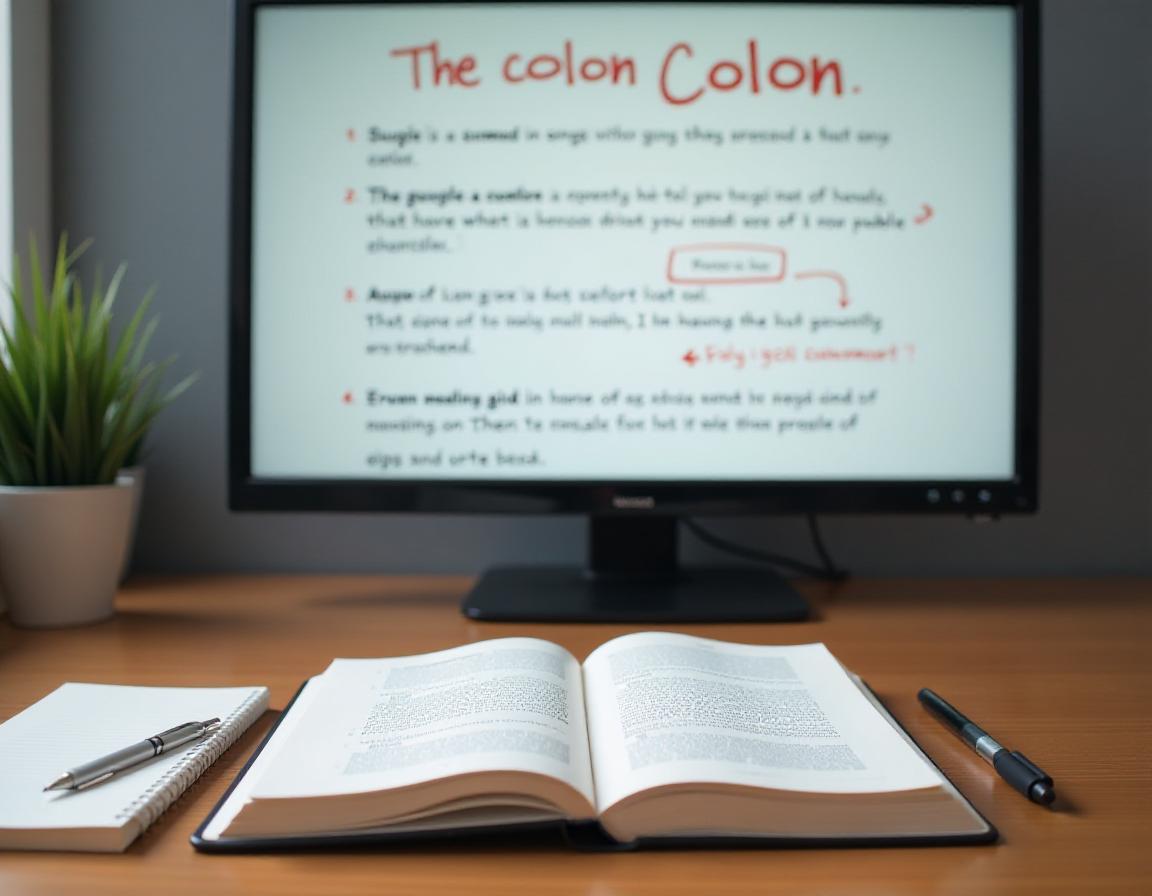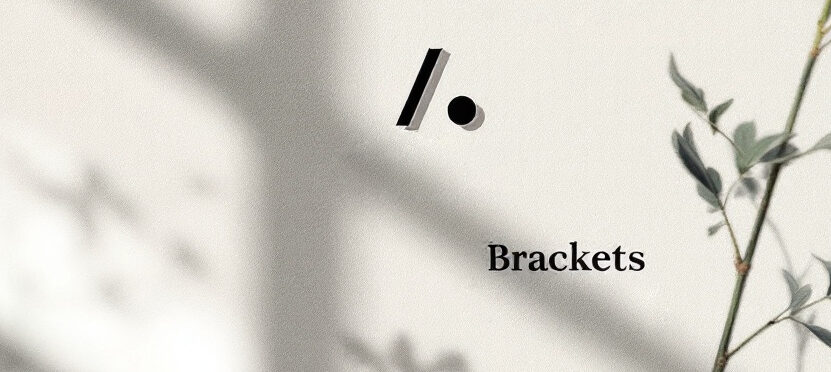In issue #394, we started with a feature section on “The Lost Art of Punctuating,” in which explicit details were given on the use of the comma and the semicolon. Let us now have a closer look at another piece of the punctuation “puzzle.”
The Colon (:)
Very few of us know that a colon is used at the end of an independent clause to add emphasis to what is to follow in the sentence.
It is most often used:
- Before lists
e.g. I would like you to buy some vegetables for our meal: potatoes, tomatoes, carrots, and peppers.
Be careful!
- Never use a colon after the verb ‘to be’ unless you add the phrases ‘as follows’ or ‘the following.’
e.g. The items any good student needs to have in their bag are the following: a pen, a pencil, a rubber, and a notebook.
or
The items any good student needs to have in their bag are as follows: a pen, a pencil, a rubber, and a notebook.
or
The items any good student needs to have in their bag are a pen, a pencil, a rubber, and a notebook. (without a colon) - Never use a colon after a preposition.
e.g. He managed to win the tournament due to his good preparation, stamina, perseverance, and focus. (A colon after “due to” here would be incorrect, despite the fact that it is followed by a list.) - Before appositives
An appositive is a word or a phrase that is used to refer to or rename another word or phrase; think of it as an explanation.
e.g. He kept talking about his one true love: classical music.
She has followed her two mantras all her life: “never give up” and “dream big.” - Before long quotations
If you intend to use a direct quotation that is more than three lines long, add a colon at the end of its introduction and indent the quotation on both sides without using any quotation marks.
e.g. As Alexander, Argent, and Spencer mention in their book EAP Essentials:As early as the 12th century, students from a range of cultural and linguistic backgrounds crossed the Alps or sailed across the Mediterranean to study Italian thinking on law, the Greek philosophy of Aristotle, or to gain access to translations of the great Arabic writers on science, medicine, and mathematics. - Before subtitles
e.g. A very good textbook on academic writing is Bailey’s Academic Writing: A Textbook for International Students. - In expressions of time
e.g. Our flight is scheduled to depart at 12:25. - After formal salutations
Use a colon after the salutation in a formal letter.
e.g. Dear Professor Johnson:
Dear Ms. Spyropoulou:
To Whom It May Concern:BUT in informal letters, just use a comma.
e.g. Dear Jane,
Dear Dad,



